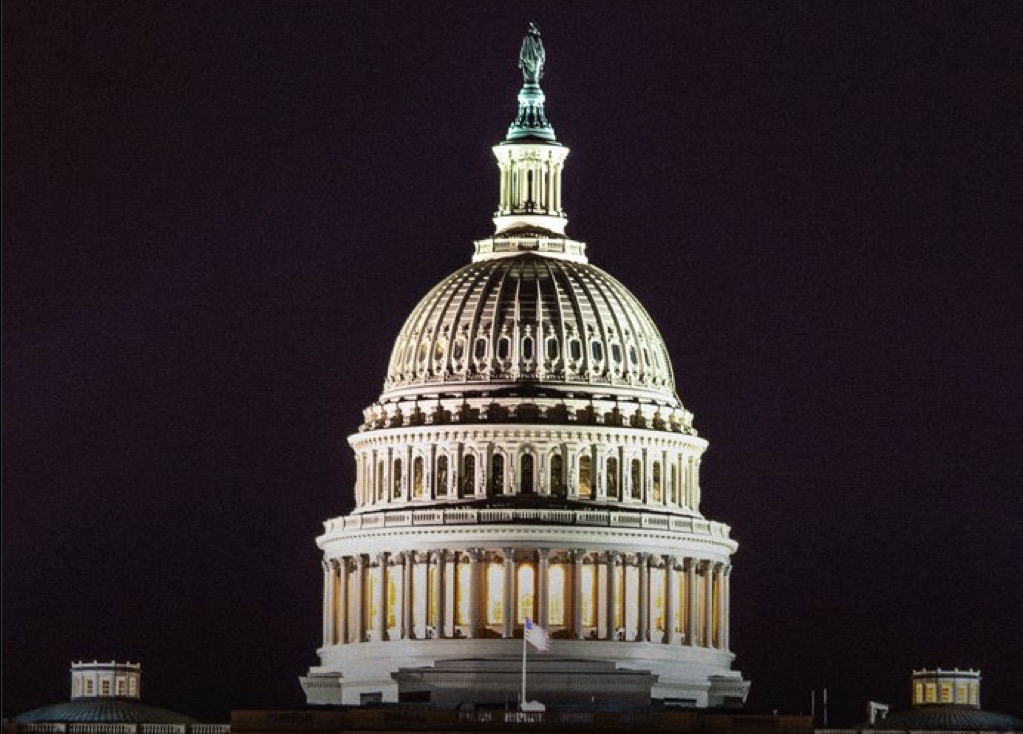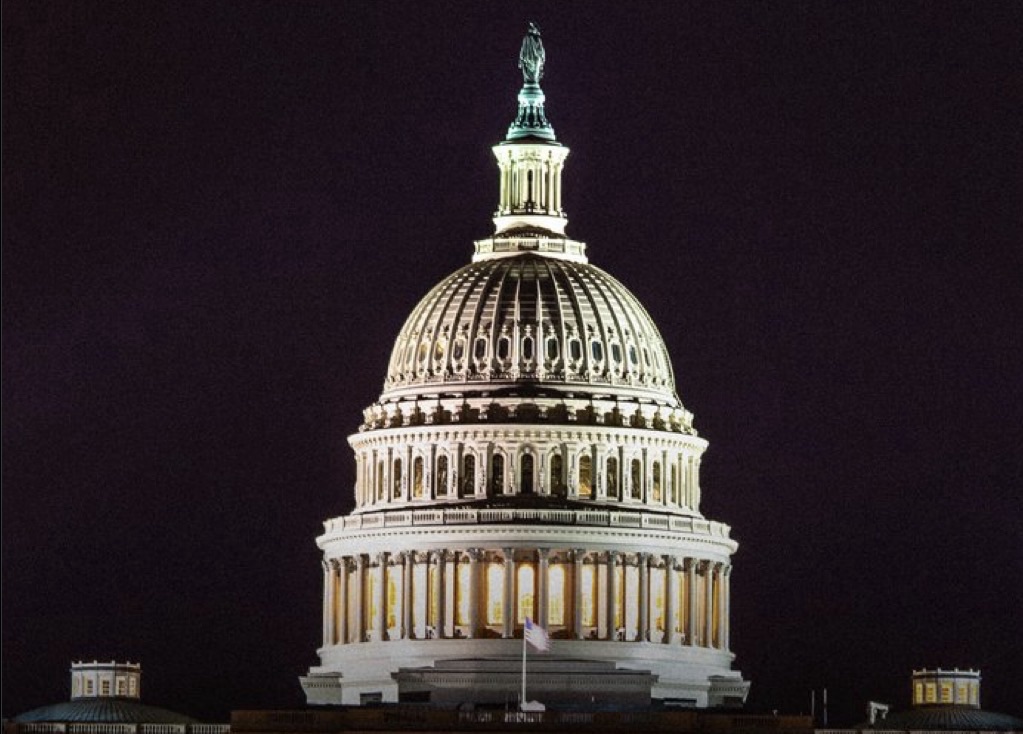
Government shutdowns are one of the most visible signs of political gridlock in the United States. They occur when Congress fails to pass appropriations bills or temporary funding measures to finance federal operations and agencies. Without approved funding, many parts of the government close their doors, federal employees are furloughed or forced to work without immediate pay, and essential services operate under significant strain. While shutdowns are disruptive, a key question often arises whenever one begins: how long can a government shutdown actually last?
No Set Time Limit
Legally, there is no maximum time limit for how long a government shutdown can continue. The duration depends entirely on when Congress and the President agree on funding legislation. A shutdown could last just a few hours if lawmakers quickly resolve their differences, or it could drag on for weeks or even months if political negotiations stall. The government does not automatically “reopen” after a set period; it only restarts once funding bills are signed into law.
This lack of a built-in deadline creates uncertainty every time a shutdown happens. Federal workers, contractors, and citizens who depend on government programs are left waiting, sometimes indefinitely, for political compromise.
Historical Examples
To understand the range of shutdown durations, it is useful to look at history:
- 1980s and 1990s: Many shutdowns during this era were brief, often lasting just a few days. These shorter shutdowns were disruptive but resolved quickly once Congress passed stopgap measures.
- 1995–1996 Shutdown: Under President Bill Clinton, there were two separate shutdowns caused by disputes with Speaker Newt Gingrich and the Republican-controlled House. The first lasted five days, while the second dragged on for 21 days, becoming the longest at that time.
- 2013 Shutdown: During President Barack Obama’s administration, a budget dispute related to the Affordable Care Act triggered a 16-day shutdown.
- 2018–2019 Shutdown: The most extreme example came under President Donald Trump, when a standoff over border wall funding led to a shutdown lasting 35 days. This remains the longest government shutdown in U.S. history.
These examples show that shutdowns can range from under a week to more than a month. In theory, if political leaders refuse to compromise, a shutdown could extend even longer.
Factors That Influence Duration
Several factors determine how long a shutdown lasts:
- Political Stalemate
Shutdowns are political weapons, often used by one side to force concessions. The longer leaders are unwilling to compromise, the longer a shutdown continues. - Public Pressure
When the public begins to feel the effects—such as delayed paychecks, closed national parks, or stalled business contracts—pressure mounts on politicians to resolve the impasse. Public opinion can shorten a shutdown if elected officials fear backlash. - Economic Impact
Shutdowns cost the economy billions of dollars. For example, the 35-day shutdown in 2018–2019 reduced U.S. GDP by an estimated $11 billion, according to the Congressional Budget Office. Mounting financial damage can create urgency to reach a deal. - Timing
Shutdowns during holiday seasons or times of crisis can have greater impact. For example, delays in tax refunds, immigration processing, or public health services can generate stronger political consequences, encouraging faster resolution.
What Happens During a Shutdown?
The length of a shutdown matters because of how it affects different groups:
- Federal Employees: Around 800,000 workers were affected during the 2018–2019 shutdown, with many going weeks without pay. Some employees are furloughed (temporarily laid off), while others must work without pay until the shutdown ends.
- Citizens and Businesses: Passport processing, small business loans, housing programs, and many government-backed services are delayed or frozen. Contractors who rely on government work often face severe financial hardship.
- Essential Services: Agencies like the military, TSA, air traffic control, and Social Security continue operating, but workers are often strained without timely resources. The longer a shutdown lasts, the more difficult it becomes to maintain service levels.
Could a Shutdown Last Indefinitely?
In theory, yes. Since there is no law forcing Congress to resolve a shutdown within a specific time frame, a funding gap could last indefinitely. However, political and economic realities make this unlikely. As shutdowns drag on, public frustration grows, and both parties face political risks. Prolonged shutdowns are damaging to the economy, unpopular with voters, and demoralizing for government workers.
The 2018–2019 shutdown demonstrated that even the longest in history eventually reached a breaking point. After five weeks, mounting pressure from federal workers, public opinion, and halted services forced lawmakers and the White House to reach at least a temporary agreement.
Conclusion
So, how long can a government shutdown last? The short answer: as long as it takes for Congress and the President to agree on funding. There is no automatic expiration date. Shutdowns can last a day, a week, or—as history shows—even more than a month.
The true length is determined not by law but by politics, public opinion, and the real-world consequences felt by citizens and the economy. While shutdowns may start as bargaining tactics, they often end when the costs outweigh the political benefits.
Until reforms are made to prevent them, shutdowns will remain a recurring possibility, with their duration always uncertain. What is clear, however, is that the longer they last, the greater the damage they cause—not only to federal workers but to the country as a whole.
By. Wilgens Sirise







